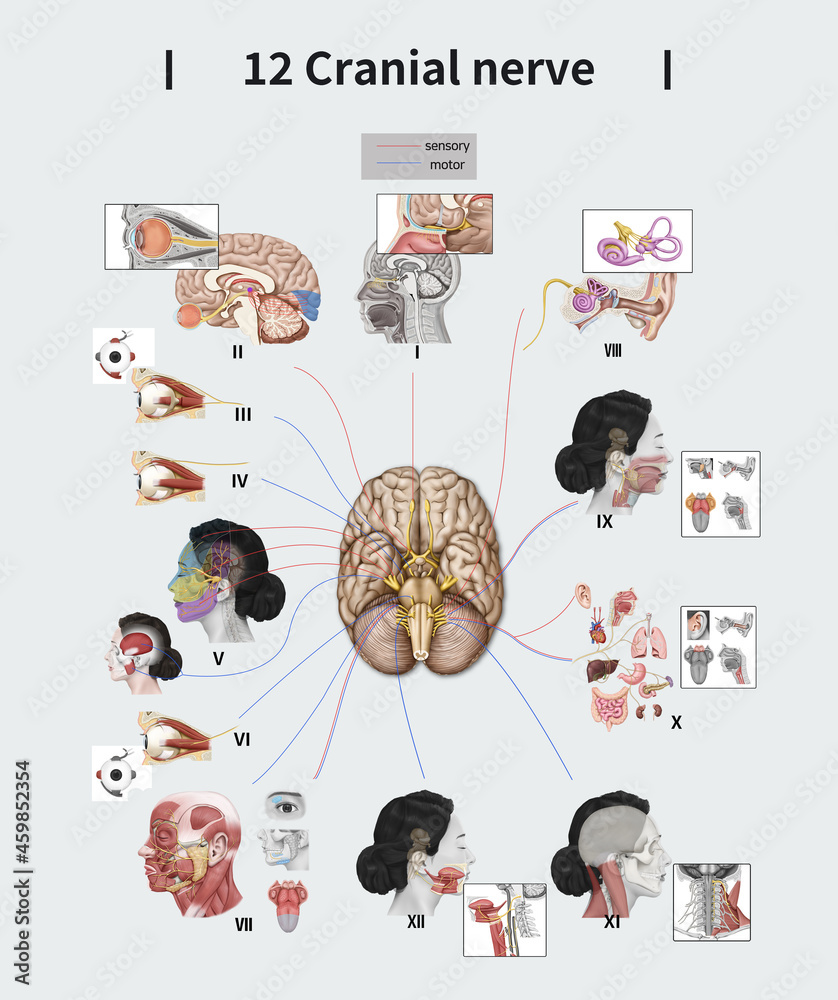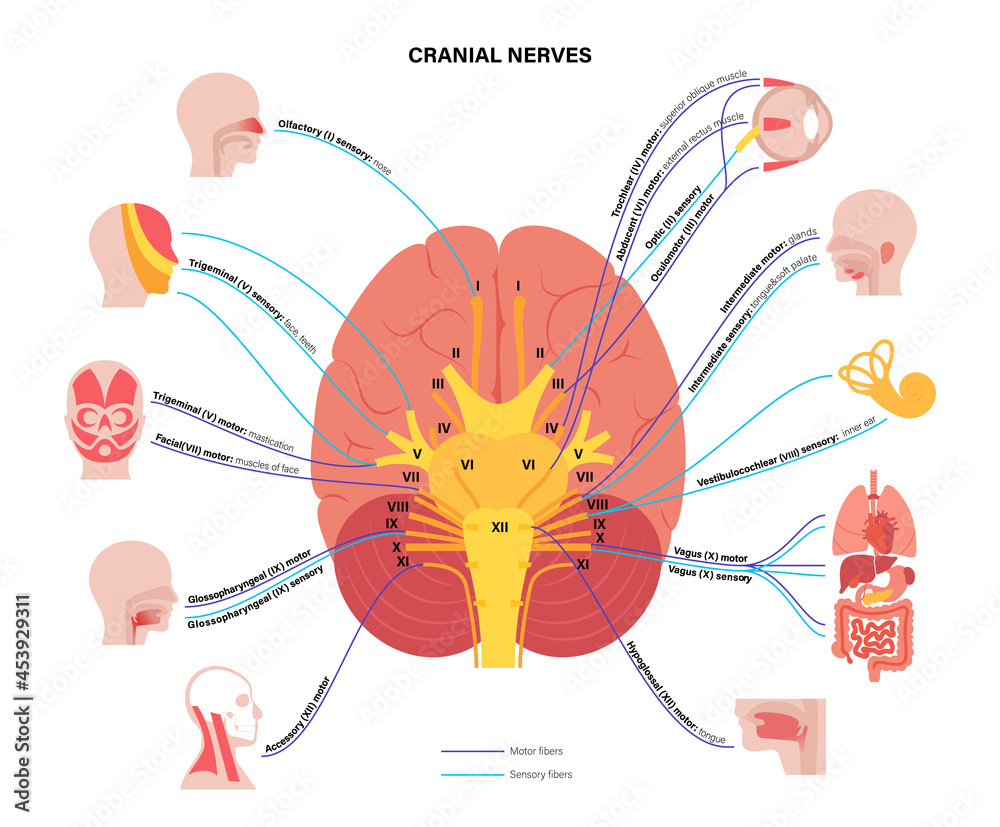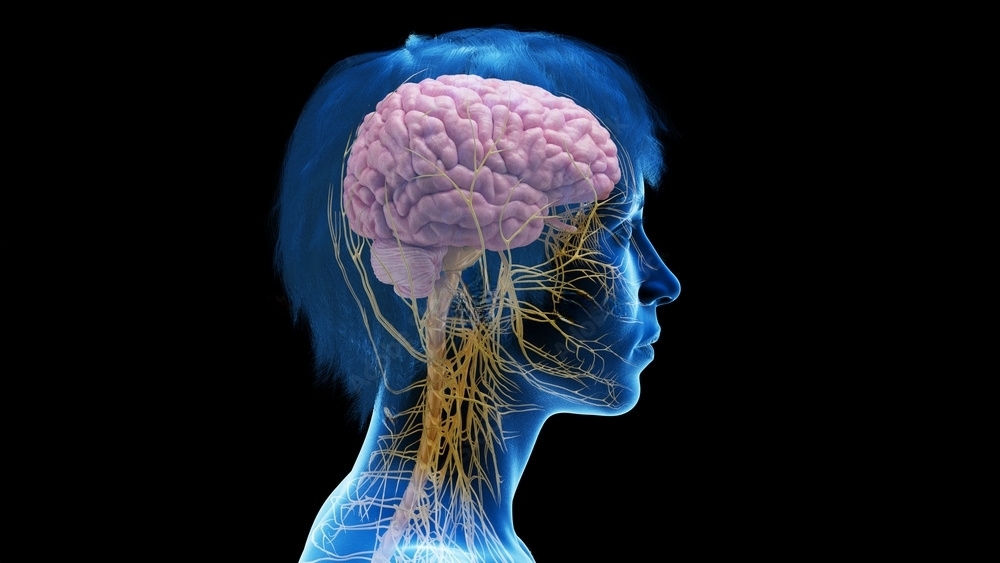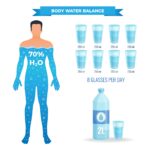Cranial Nerves
Are you baffled by cranial nerves? Don’t worry – you are not alone! Cranial nerves are an important part of human anatomy, but for many people, they remain a mystery. From knowing their names to memorizing their functions, understanding cranial nerves can be a challenge. Luckily, there are helpful mnemonics to help us out! In this blog post, we will demystify cranial nerves, and learn their names, functions, origin, and mnemonics. Let’s get started!

Understanding Cranial Nerves: An Overview
The human body is a masterpiece of intricate design, and within it lies a network of nerves that play a crucial role in transmitting information between the brain and the rest of the body. Among these nerves, the cranial nerves stand out as a remarkable set of twelve nerve pairs that directly emerge from the brain and serve a multitude of functions. Let’s embark on a fascinating journey to uncover the secrets of these cranial nerves, exploring their names, functions, and ingenious mnemonics that make learning about them an enjoyable experience.
But what exactly are cranial nerves, and why are they so important? To put it simply, cranial nerves are the nerves that emerge directly from the brain instead of the spinal cord. They serve as vital pathways for communication between the brain and various structures, including the head, neck, face, and some organs in the chest and abdomen.
Understanding the functions of these nerves is essential for comprehending how our bodies function and what happens when something goes wrong. From controlling our sense of taste to enabling us to move our facial muscles, each cranial nerve has a specific role to play.
Mnemonics
One of the challenges of learning about cranial nerves is memorizing their names and functions. But fear not! There are mnemonics – memory aids – that can help us remember this vital information. Mnemonics can be a lifesaver when it comes to recalling complex details, especially in a field as intricate as anatomy.
As we dive deeper into the world of cranial nerves, we will explore their individual names and functions. Each nerve has its own unique purpose, ranging from providing sensory input to controlling specific muscles. By understanding the roles these nerves play, we can better appreciate their importance in maintaining our overall health and well-being.
Whether you are a student studying anatomy or simply curious about how the body works, gaining a comprehensive understanding of cranial nerves is invaluable. Not only will it expand your knowledge of human anatomy, but it will also help you appreciate the intricacies of our nervous system and how it governs our daily lives.
So, let’s embark on this journey together and unravel the mysteries of cranial nerves. By the end of this blog post, you will have a solid grasp of their names, functions, origins, and mnemonics. Get ready to demystify cranial nerves and unlock the secrets of our incredible bodies!
Unveiling the Twelve Cranial Nerves

I. Olfactory Nerve (CN I):
The olfactory nerve is responsible for our sense of smell. It carries sensory information from the nose to the brain, allowing us to perceive various scents and odors. No mnemonic is typically used for this nerve due to its unique role and the ease of remembering its function.
II. Optic Nerve (CN II):
The optic nerve is all about vision. It transmits visual information from the eye to the brain, enabling us to perceive the world around us. “Optic” and “ocular” both start with ‘O,’ making it relatively easy to remember its function.
III. Oculomotor Nerve (CN III):
This nerve controls the majority of the eye’s movements, including pupil constriction and eyelid elevation. A popular mnemonic for remembering its function is “LR6 (SO4)3”:
LR6 stands for Lateral Rectus muscle controlled by the 6th nerve.
(SO4)3 stands for Superior Oblique muscle controlled by the 4th nerve, and the remaining three muscles (Superior, Medial, and Inferior recti) are controlled by the 3rd nerve.
IV. Trochlear Nerve (CN IV):
The trochlear nerve is responsible for the downward and inward movement of the eyeball. To recall its function, think of the word “trochlea,” which sounds similar to “trouble.” This connection can help you remember the downward eye movement associated with this nerve.
V. Trigeminal Nerve (CN V):
The trigeminal nerve is the largest cranial nerve and has both sensory and motor functions. It’s responsible for facial sensation and controls the muscles involved in chewing. A mnemonic to remember its three divisions: “Ophthalmic, Maxillary, Mandibular” could be “Oh My My!”
VI. Abducens Nerve (CN VI):
The abducens nerve controls the lateral movement of the eye. To remember this, think of the term “abduction,” which is often used in the context of moving away. In the case of the eye, it moves away from the midline.
VII. Facial Nerve (CN VII):
The facial nerve controls facial expressions and the sensation of taste on the anterior two-thirds of the tongue. A popular mnemonic for remembering its functions is “Two Zulus Buggered My Cat”
- Two – Taste (anterior two-thirds of tongue)
- Zulus – Zygomatic branch (smiling)
- Buggered – Buccal branch (cheek movement)
- My – Muscles of facial expression
- Cat – Cranial nerve VII
VIII. Vestibulocochlear Nerve (CN VIII):
Formerly known as the auditory nerve, it’s now understood that this nerve serves two distinct functions: the vestibular branch for balance and the cochlear branch for hearing. A simple mnemonic for the two functions is “Two for Hearing, Eight for Balance.”
IX. Glossopharyngeal Nerve (CN IX):
The glossopharyngeal nerve is involved in swallowing, taste perception on the posterior third of the tongue, and monitoring blood pressure and oxygen levels in the blood. A mnemonic for its functions could be “Swallow The Taste And Feel The Pressure.”
X. Vagus Nerve (CN X):
Known as the wandering nerve, the vagus nerve influences a wide range of functions including heart rate, digestion, and respiratory rate. To remember its name and its widespread influence, think of “vagabond vagus” wandering through the body.
XI. Accessory Nerve (CN XI):
This nerve controls the movement of the neck and shoulder muscles. To remember its functions, think of the word “accessory” as something extra, which can remind you of the additional muscles it controls.
XII. Hypoglossal Nerve (CN XII):
The hypoglossal nerve controls the muscles of the tongue, allowing us to move our tongues for speech and swallowing. A mnemonic to recall its function is “Tongue moves toward the XII (sky).”
Mnemonics for Cranial Nerves
Remembering the names and order of the cranial nerves can be challenging, but mnemonics can make the task easier. Let’s explore some effective mnemonics:
- Oh, Oh, Oh, To Touch And Feel Very Green Vegetables, AH! Olfactory, Optic, Oculomotor, Trochlear, Trigeminal, Abducens, Facial, Vestibulocochlear, Glossopharyngeal, Vagus, Accessory, Hypoglossal.
- On Old Olympus’s Towering Top, A Finn And German Viewed Some Hops Another mnemonic to remember the cranial nerve names in order.
These mnemonics are just a few examples of the many creative ways you can remember the cranial nerves. Feel free to come up with your own mnemonics or explore different resources to find the ones that resonate with you the most. Mnemonics are a powerful tool that can make the learning process more enjoyable and effective.
By using mnemonics, you can take the complexity out of memorizing the cranial nerves and make the information stick in your mind. So, don’t let the names and functions of these important nerves overwhelm you. Embrace the power of mnemonics, and you’ll be able to recall them with ease.
In the next section of this blog post, we will explore how to test cranial nerve function and ensure they are functioning properly. Stay tuned to uncover more fascinating information about cranial nerves and their role in our overall well-being!

Testing Cranial Nerve Function
Now that we have delved into the fascinating world of cranial nerves and learned about their names, functions, origins, and mnemonics, it’s time to explore how we can test the function of these important nerves. Testing cranial nerve function is a crucial aspect of assessing overall neurological health and can help diagnose potential issues or abnormalities.
There are various tests and examinations that healthcare professionals use to assess the function of cranial nerves. These tests can help determine if the cranial nerves are functioning properly or if there are any signs of dysfunction or damage. Let’s take a look at some of the common methods used to test cranial nerve function.
1. Visual Acuity Test (CN II):
This test measures the clarity of vision and determines the smallest letters or objects that can be seen clearly. It helps assess the function of the optic nerve, which is responsible for transmitting visual information from the eyes to the brain.
2. Pupil Examination (CN II and III):
By shining a light into the eyes and observing the size and response of the pupils, healthcare professionals can assess the function of the optic nerve (CN II) and the oculomotor nerve (CN III). This test helps evaluate pupillary reflexes and the ability of the nerves to control the dilation and constriction of the pupils.
3. Eye Movement Assessment (CN III, IV, and VI):
A series of eye movement tests can help evaluate the function of the oculomotor nerve (CN III), the trochlear nerve (CN IV), and the abducens nerve (CN VI). These tests assess the range of eye movements, coordination, and any signs of strabismus or double vision.
4. Facial Symmetry Test (CN VII):
This test involves evaluating facial expressions and assessing the symmetry of the face. By asking the individual to smile, frown, raise their eyebrows, or puff out their cheeks, healthcare professionals can determine if there are any signs of weakness or paralysis on one side of the face, which may indicate dysfunction of the facial nerve (CN VII).
5. Taste Assessment (CN VII and IX):
Testing the sense of taste can help assess the function of the facial nerve (CN VII) and the glossopharyngeal nerve (CN IX). By applying different tastes, such as sweet, sour, salty, and bitter, to specific areas of the tongue, healthcare professionals can determine if there are any deficits or abnormalities in taste perception.
6. Hearing Tests (CN VIII):
Various tests, such as pure-tone audiometry and speech audiometry, can assess the function of the vestibulocochlear nerve (CN VIII) and evaluate hearing abilities.
In conclusion, the cranial nerves are an extraordinary part of the human nervous system, each with its unique set of functions that contribute to our sensory experiences and bodily movements. Mnemonics offer creative ways to remember these nerves and their roles, turning what could be a challenging topic into an engaging and memorable learning experience. As we delve into the intricate network of cranial nerves, we gain a deeper appreciation for the marvels of human anatomy and the incredible coordination that allows us to navigate our complex world.
JAW-DROPPING FACTS : UNVEILING THE SECRETS OF THE TEMPOROMANDIBULAR JOINT (TMJ)
For interesting facts do follow Trending Curiosity








